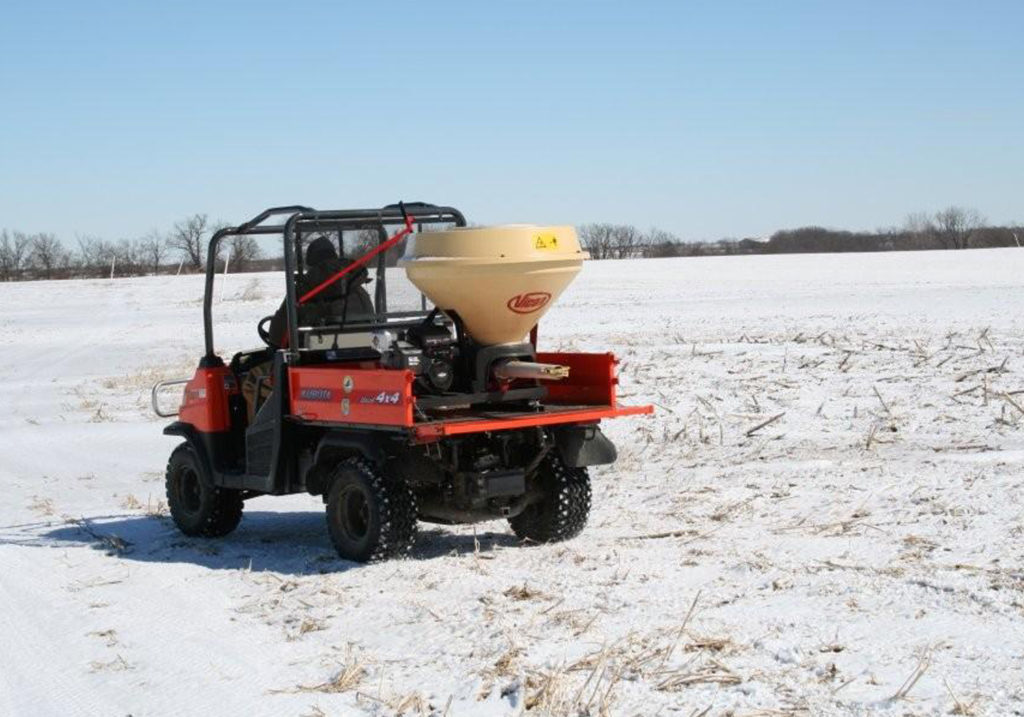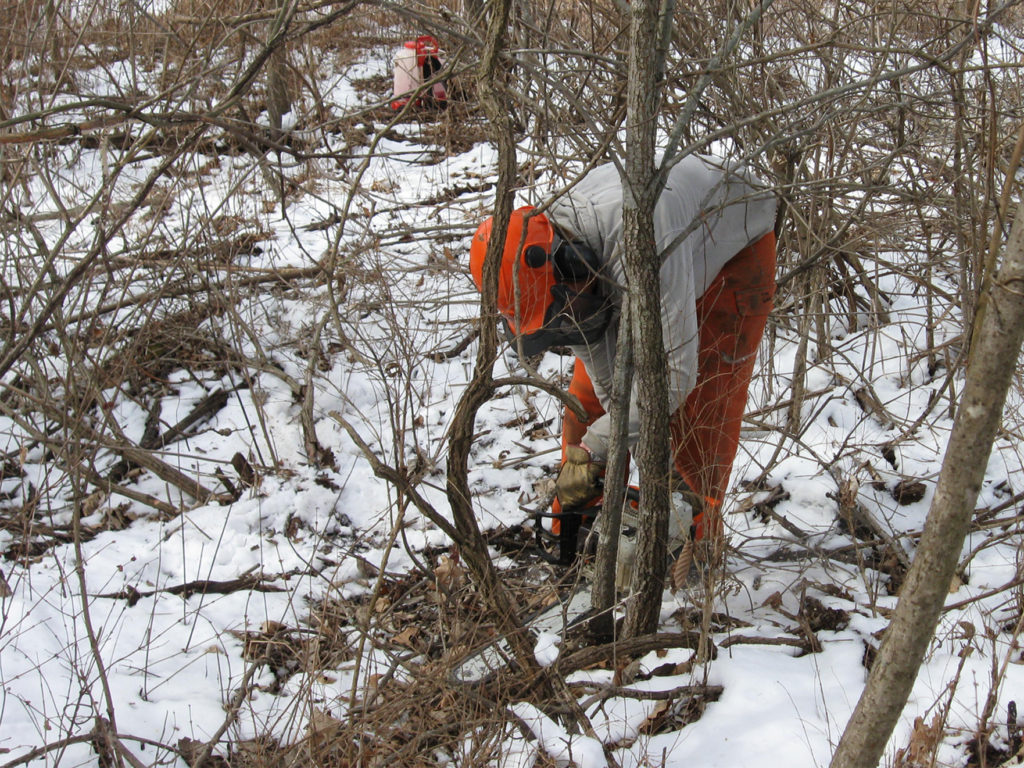“Young man, you better learn to make hay when the snow flies,” the old man said to his grandson.
“Sir?” the teenager replied. ”Not sure I follow you. I mean I know what making hay when the sun shines means, but when the snow flies?”
The old man leaned over the woodstove and eyed the young man and laughed. “There’s a lot that needs doing in winter that can’t be done in the heat of summer.”

But since this is not an old Andy Griffith episode and you are not Opie, I’ll drop this cornpone analysis. Here are a few things to consider beginning now in terms of how you can make hay while the snow flies.
Trailer inspections—last spring as I started to get ready to roll out for a prescribed fire, it was the first time I looked at the trailer where the Gator sat since last winter, and it was out of inspection. A bit late to schedule one and get it done at that point. Don’t forget those trailers! They need maintenance and inspection, too. Wouldn’t you hate to miss a good day’s burning because you procrastinated on the trailer inspection? And, of course, it goes without saying that UTV tires need replaced or patched, water tank pump engines need cleaning and new air filters, and saw head weed eaters need new blades and tuning, and chainsaws need sharpening. In short, winter is not only for getting work done, it is for getting work done to help get work done later. Say that 3 times fast!
Early winter is also time to assess burn units. It is hard to truly get a good look at them in summer when the vegetation is thick. And assessing fuel loads needs to be done when the leaves are off and you can really see what’s on the ground to actually carry a fire. Of course, it is also easier to lay out fire lines when you are not walking through head-high weeds. You can mark new lines now with flagging tape, avoiding stumps and the need for heavy dozer work where possible.

It’s also time to start assessing seed needs. Those of you planning pollinator plantings this spring should not wait until March to try to order seed. It can be all gone by then—wildflower seeds are not immune to supply chain breakdowns. Now is the time to make a list for every planting project you have and start calling around and checking on supply projections and getting quotes.
I mentioned controlling invasive species in one of my last posts, and in terms of larger saplings and trees like ailanthus (Tree-of-Heaven), between now and about late February is ideal timing. If we have a warm winter and the sap starts rising in these trees in early March, it will be too late for proper herbicide intake for cut-stump, basal bark, and hack-and-squirt methods. In short, you missed the window, the boat, or the bus, however you want to look at it. This is a great publication explaining these methods, and it can be downloaded for future reference, too. Winter, or in the growing season after sap flow has stabilized, can both work. But given a choice, would you rather do cut-stump or hack-and-squirt in winter with no ticks, chiggers, snakes, or hornets around, or in late spring or summer?

Late winter is also the perfect time to seed legumes like partridge pea and native lespedezas. If I had to pick one month for this, it would be February. Logging decks, skid trails, fire lines, and prepared fields can all be seeded during February. It is the perfect time to seed hard-to-get-to areas where little if any seed bed can be prepared. The legume seeds will fare well as long as they fall onto bare dirt when some freezing and thawing will still occur (some refer to this as “frost seeding”). Particularly good are places where loggers cleaned up after a job using a dozer. The indentions from the dozer tracks hold seed and moisture and, based on my personal experience on my own property, can produce good germination and growth. Areas with ground blackened by fire also do well (the dark soil heats up quickly in spring and helps break seed dormancy). And what is absolutely perfect for these types of seeding is to watch the weather and sow just before a light snow or rain is predicted.
How to calibrate a shoulder seeder? Suffice it to say when you are seeding it should not sound like a heavy rain falling, but rather a nice light even patter. If you want to test this though, recall that an area 66’ by 66’ is 1/10th of an acre (that’s 1 square chain to a forester). If you want to plant 10 lbs. per acre, put 1 lb. of seed in the seeder and walk/seed over this 1/10th acre and see how it turns out. It is not exact, and it does not need to be. As always, the trick is to not run out of seed before you run out of bare ground to seed it on.
So, while it is tempting to sit inside around the woodstove during winter, a whole lot of good work can get done in winter, even when the snow is flying.






